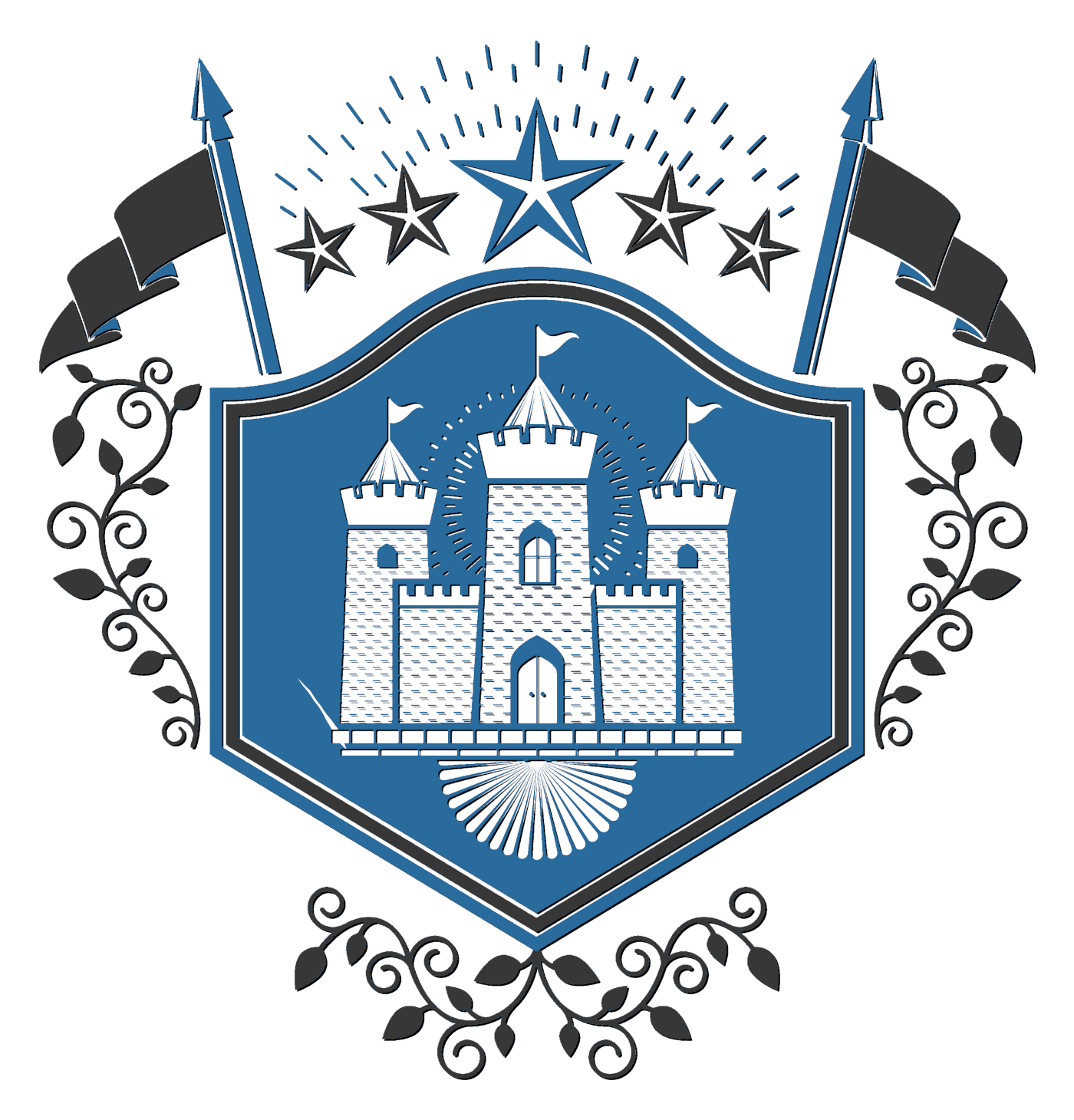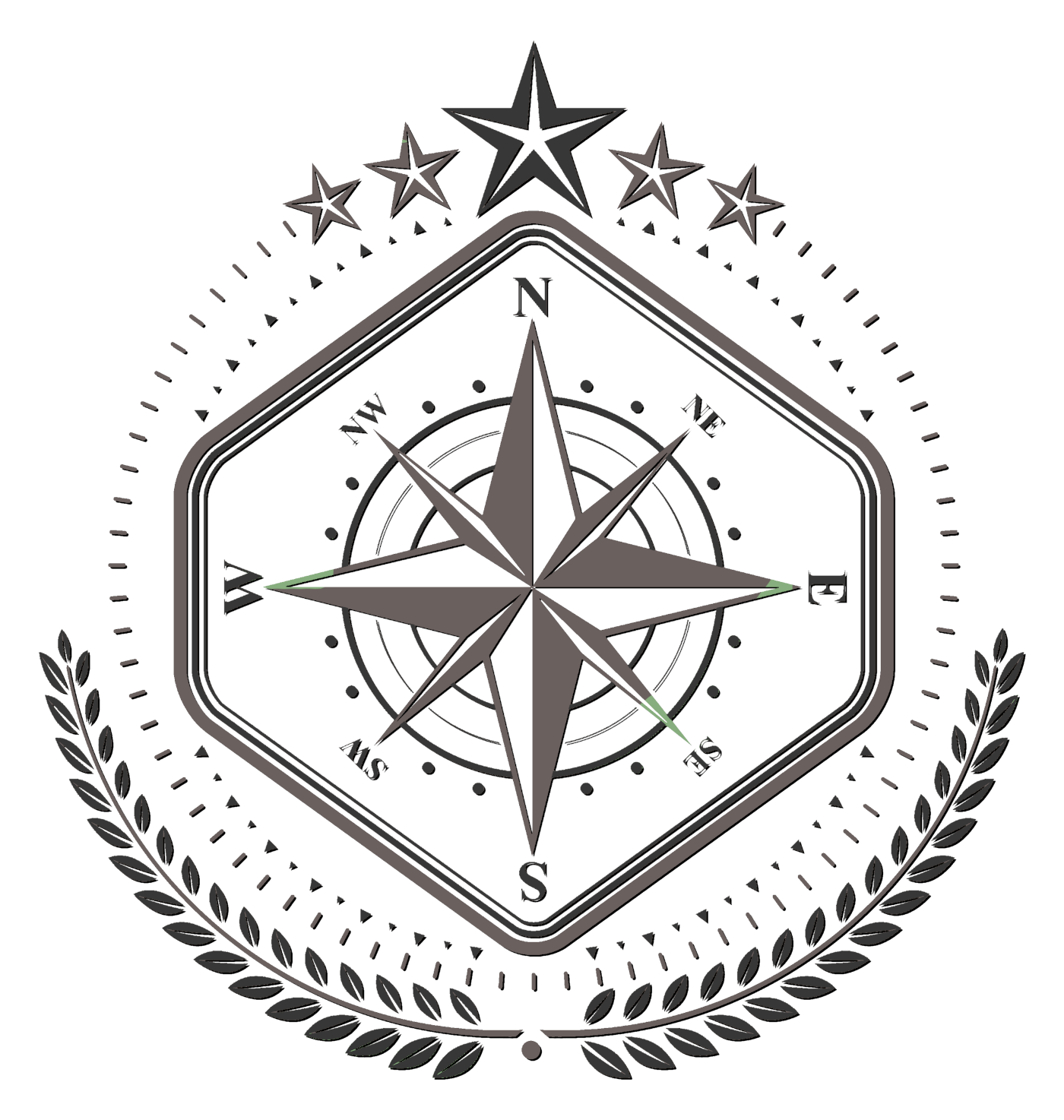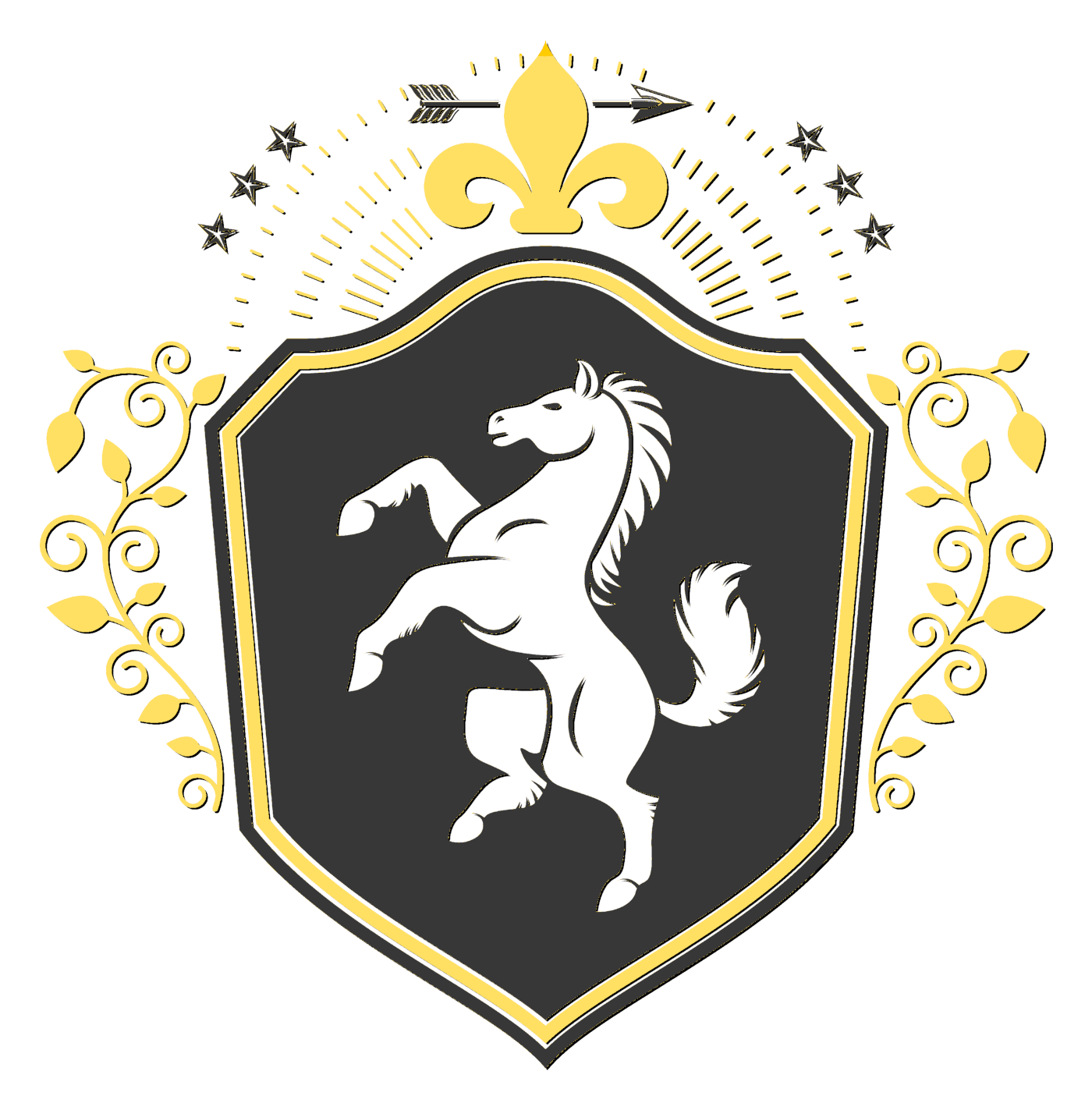|
We could divide fantasy by two different standards: literary style, or genre conventions.
If we divide based on genre conventions, we first have to divide into two groups.
Endofantasy (fantasy that deals exclusively with a fantasy world)
and
Exofantasy (fantasy that deals with Earth as well as a fantasy world)
Endofantasy could be said to contain to sub-conventions, High Fantasy (referring to an epic plot scale, not necessarily Tolkien-esque), and Dark Fantasy (referring to genre conventions that tend to the sorcery and horror side of things).
Exofantasy, of course, contains two sub-conventions, the Portal Fantasy, where characters move between our own and another world, and the Overlay World, where another fantasy world somehow exist within, or overlays, our own (as in Faerie tales or Harry Potter).
If we want to divide into literary styles, we basically get:
High Fantasy (here referring to Tolkienesque fantasy)
Dark Fantasy (here referring to a dark, disturbing story carrying heavy hints of sorcery and generally necromancy)
The Fae Story (a story carrying traits of older stories about the Fae, sometimes with twists of horror, as in "Phantastes")
The Fairy Story (think C.S. Lewis, a sort of modern take on old stories)
I think a post about what makes a story Tolkienesque may be in order. Let me work on that.
_________________
I am Ebed Eleutheros, redeemed from slavery in sin to the bond-service of my Master, Jesus Christ.
Redemption is to be purchased, to have a price paid. So I was redeemed from my master sin, and from justice, which demanded my death. For He paid the price of sin by becoming sin, and met the demands of justice by dying for us.
For all men have a master. But a man cannot have two masters. For he will love one and hate the other. You cannot serve God and sin. So I die to the old, as He died, and I am resurrected to the new, as He was resurrected.
Note: Ebed is Hebrew for bondsman, Eleutheros is Greek for unrestrained (not a slave).
|



